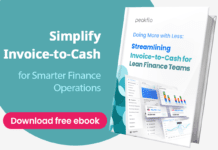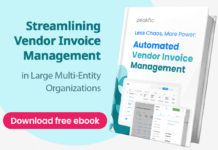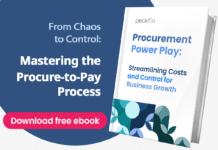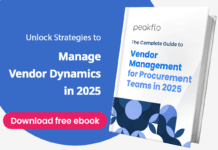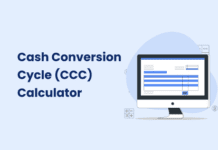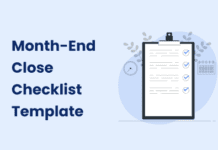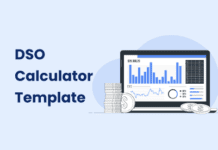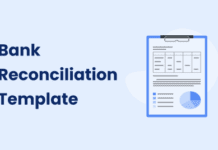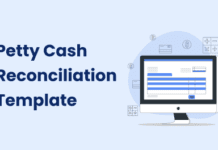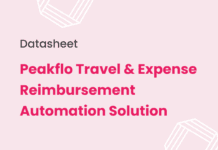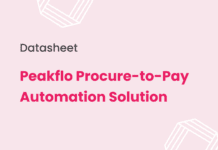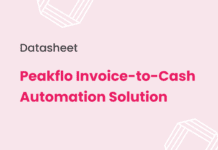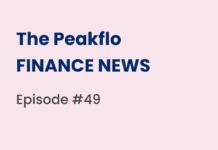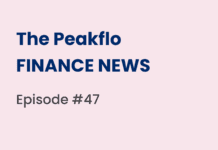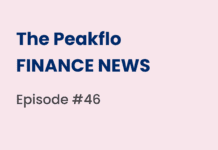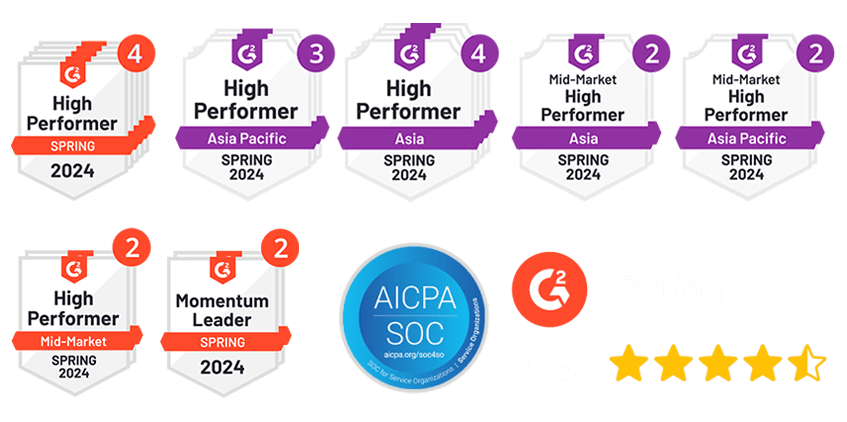In today’s fast-paced business environment, accounts payable trends are evolving rapidly, turning AP from a back-office task into a strategic function. However, many finance teams remain stuck with outdated systems—68% still manually enter invoice data into ERPs, and the cost of processing a single invoice can reach $15.
As accounts payable trends shift toward automation, AI, and real-time payments, organizations that delay modernization risk falling behind. In this article, we explore the latest accounts payable trends and show how finance leaders can leverage them to drive efficiency, ensure compliance, and unlock strategic value.
Automation as the Foundation of Efficiency
Manual invoice processing is not only costly and time-consuming—it’s also highly error-prone. Automation tools, especially those powered by AI and machine learning, are redefining how finance teams manage payables:
- AI-Powered OCR extracts invoice data with over 95% accuracy, eliminating the need for repetitive data entry.
- 6-Way Matching expands validation beyond basic 2- or 3-way checks by comparing invoices with purchase orders (POs), goods receipt notes (GRNs), and government records (e.g. PAN, GST, MSME) to ensure full compliance.
- Automated Compliance Checks help teams stay audit-ready by flagging issues in real time, without human intervention.
Despite the clear benefits, 57% of invoice data still comes from paper invoices, and 48% of small businesses continue to use physical documents. This creates significant overhead and slows down month-end closings.
The urgency to automate is reflected in market trends: the global accounts payable automation market reached $3.08 billion in 2023 and is forecasted to grow at a 12.8% CAGR through 2030—with adoption accelerating fastest in mid-sized and enterprise businesses.
Real-Time Payments: Speed Meets Control
Once invoice processing is streamlined through automation, real-time payments become the next game-changer—boosting both operational efficiency and vendor trust.
Modern AP teams are shifting toward faster, more transparent payments for good reason:
- 23% of businesses process over 10,000 invoices monthly, making speed and scale non-negotiable.
- Paying invoices on time or late accounts for 59% of B2B payment strategies, showing untapped potential for early-payment discounts.
By embedding real-time payment capabilities into AP workflows, businesses can:
- Execute payments instantly and securely through banking APIs.
- Auto-match payments with invoices, POs, and GRNs—reducing reconciliation effort.
- Maintain audit readiness by logging and time-stamping each transaction.
This evolution isn’t just about speed—it’s about building stronger supplier relationships, improving cash flow predictability, and enabling proactive discount strategies.
Cloud-Based AP Solutions for Scalability
Cloud-native AP solutions are quickly becoming the gold standard for modern finance teams. They offer the flexibility to scale, enable remote collaboration, and provide real-time visibility—all while reducing IT overhead.
With a centralized, cloud-based AP system, businesses can:
- Collaborate across teams and departments in real time.
- Access a single source of truth for all payables.
- Integrate seamlessly with ERP and banking systems without relying on on-premise infrastructure.
And yet, the gap between aspiration and reality remains significant:
- 66% of businesses still rely on Excel spreadsheets, while 38% use emails, whiteboards, or nothing at all, showing the lag in digital adoption.
- As a result, 56% of AP teams spend more than 10 hours a week managing manual processes, while just 5% spend less than an hour—and all of them use automated cloud-based systems.
With the AP automation market projected to reach over $7.5 billion by 2030, the shift to cloud isn’t just a trend—it’s a transformation in progress.
ERP Integration: Bridging Financial Workflows
ERP-integrated AP systems enable:
- Real-time syncing of invoice, compliance, and payment data.
- Automated invoice posting, eliminating redundant tasks.
- Custom workflows tailored to vendor type, invoice value, or team.
Yet, a fragmented approach persists—68% of invoice data is still entered manually into ERP systems, increasing the risk of error and delaying processes. Additionally, 53% of AP time is spent on classification and entry, leaving little bandwidth for strategic finance work.
ERP integration allows procurement, finance, and compliance teams to operate from a single, accurate source of truth—streamlining operations and strengthening controls.
Supplier Self-Service Portals: Empowering Vendors, Easing Workloads
These portals allow vendors to:
- Submit invoices with real-time validation.
- Track payment statuses independently.
- Update compliance documentation (PAN, GST, MSME) without manual intervention.
Consider this:
- 42% of small businesses send invoices via email.
- 38% of mid-sized businesses still rely on email, and 65% still depend on manual invoice entry.
Supplier portals reduce back-and-forth communication, cut cycle times, and improve data accuracy—making them indispensable in modern AP workflows.
Cybersecurity and Fraud Prevention: Safeguarding the Payables Process
Modern AP automation software helps mitigate threats by:
- AI-powered anomaly detection
- Automated compliance checks
- Role-based access controls
And the payoff is substantial. The U.S. Treasury estimates that adopting e-invoicing could reduce federal invoice-related costs by 50%, saving $450 million annually, thanks to improved auditability and fraud prevention.
Hyperautomation: Intelligent Workflows at Scale
Hyperautomation combines AI, RPA, and ML to create fully automated, intelligent workflows that scale effortlessly.
- In a fully automated system, one AP team member can process 23,333 invoices annually, compared to just 6,082 manually.
- 20% of AP teams are now fully automated, with 41% planning to automate in the next 12 months.
It doesn’t just improve AP—it transforms finance into a proactive, data-led function.
Advanced Analytics: From Processing to Strategic Insight
Modern analytics in AP offers:
- Real-time dashboards for bottleneck tracking
- Predictive planning for cash flow
- KPI benchmarking for process improvements
And the shift is happening fast: 88% of finance professionals say that streamlining invoice and payment processes would allow their teams to focus on strategic initiatives.
The Strategic Shift Ahead
Accounts payable is no longer just about paying bills—it’s a critical function that can unlock working capital, reduce risk, and drive business agility.
At Peakflo, we help businesses modernize finance operations from end to end—offering AP automation, 6-way matching, supplier portals, real-time payments, and analytics designed for scale.
👉 Ready to eliminate manual AP work and free up your team for high-impact financial strategy? Talk to us at Peakflo.

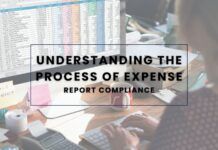







![Why AI Sales Calls Are Making Good Sales Reps Even Better [2025 Guide] ai sales calls](https://cdn-kmjmp.nitrocdn.com/YvtqmrsiHUxqerlSiZgbfzqqTARWTElr/assets/images/optimized/rev-834053b/blog.peakflo.co/wp-content/uploads/2025/09/65168cf6-3001-4733-8cbc-12d5684cf449-218x150.webp)






